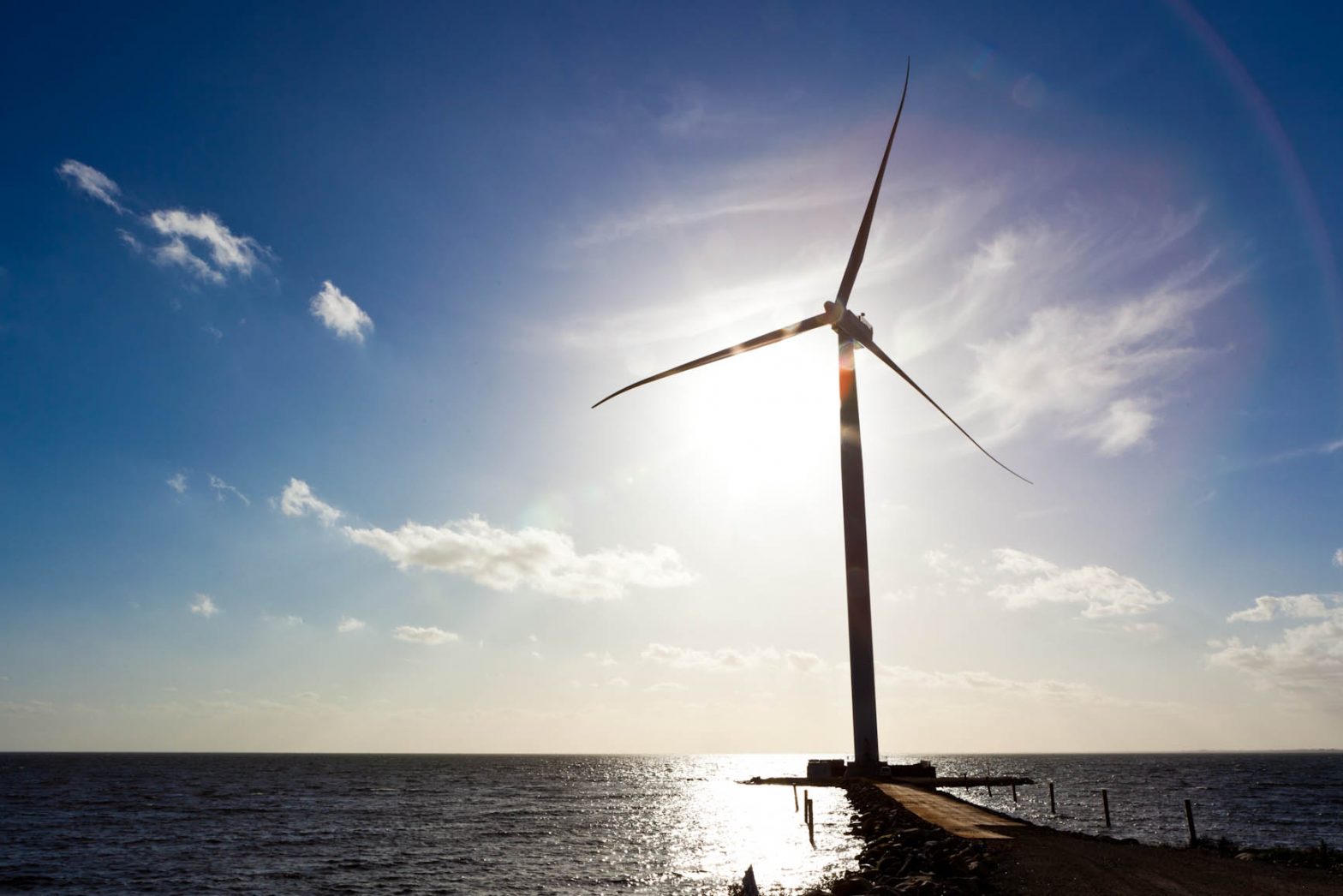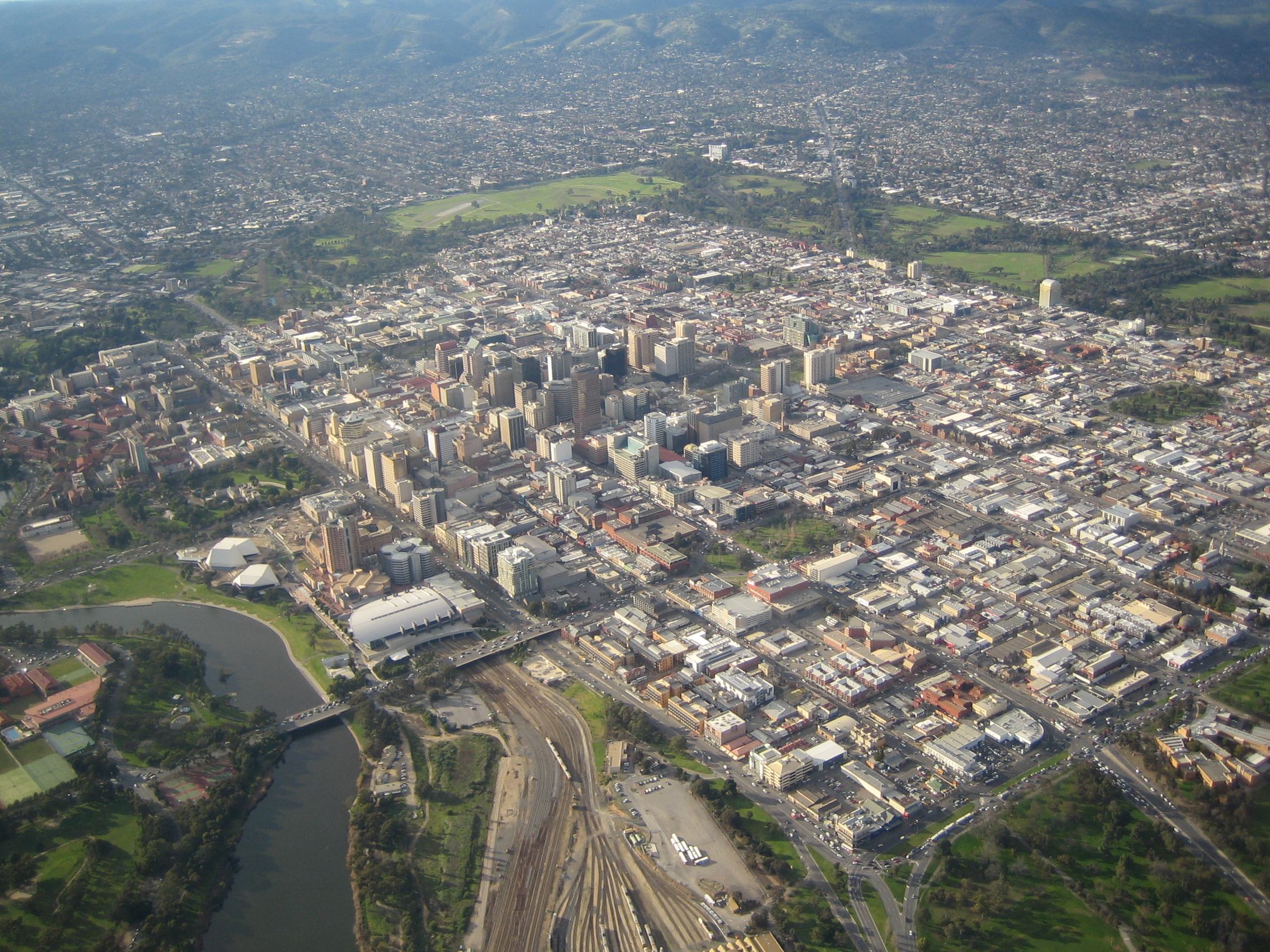
Photo: IMG_6533
Which city will be first to carbon neutrality?
05 March 2016
by Jonathan Andrews
Steve Hoare speaks to the mayors of Adelaide, Copenhagen and Ghent to find out where they are on the road to carbon-neutral status
On the eve of COP21, the UN Climate Change Conference that took place in Paris in December, the Belgian city of Ghent announced its intention to strive for carbon neutrality. Ghent’s declaration followed the likes of Adelaide, Copenhagen, Melbourne and Vancouver, each of which has stated its aim to be the first city to achieve carbon-neutral status.
Ghent’s ambition is not as lofty as others. While Copenhagen believes it is on target to be carbon neutral by 2025 and the Australian cities are aiming to get there before that, Ghent said its commitment to the second Covenant of Mayors action plan puts it on track to achieve climate neutrality by 2050.
“It is important to note the city has not chosen the path of least resistance in terms of emission reductions,” says Daniël Termont, Mayor of Ghent. “The city council explicitly supports a climate policy that is socially just and leads to structural solutions with long-term impact.”
Copenhagen was the first city to announce its intention to become a carbon-neutral city back in May 2012.Some critics have pointed to the city’s huge offshore wind farm as an unfair advantage and that using these to offset carbon emissions elsewhere relies on other cities or regions not achieving carbon-neutral status.
“The City of Copenhagen’s goal to become carbon neutral in 2025 does not include the trade of carbon emissions,” responds Morten Kabell, Copenhagen’s Mayor for Technical and Environmental Affairs. “The exclusion of carbon trade means that the City of Copenhagen must set ambitious targets to invest in renewable energy production such as wind farms and sustainable biomass, but is also reliant on, for example, strong investment in energy efficiency in buildings, a shift in the transport sector towards sustainable fuels, and modal shifts involving people in Copenhagen.”
Kabell goes on to explain that offshore and onshore wind farms form an essential part of Copenhagen’s carbon neutral strategy and are also an important part of the Danish national goal to become independent of fossil fuels.
“The wind farms installed as part of Copenhagen’s initiatives to become carbon neutral have an important part in the national agenda, also after 2025,” he adds.
Critics focusing on wind farms are only looking at part of the picture, says Kabell. The climate plan includes several initiatives within energy production, energy consumption, mobility, and city administration initiatives.
“Each area is important for the longterm sustainability and liveability of the city,” he says. “We are currently evaluating the climate plan and are making a new road map for the second part (of three) of the climate plan from 2017 to 2020.”
Inter-governmental cooperation
Kabell’s mention of the national agenda is a valid point because while cities might be leading the way on climate change they cannot act alone.

Termont explains: “Policies of other governments (such as regional or federal governments) have a big influence on, for example, housing and transport, and thus have an impact on emissions as well.”
This is reflected in Adelaide City Council’s partnership with the state government of South Australia, whose environmentally friendly policies have given Adelaide the impetus to aim for carbon neutrality.
“One of the things I noticed while in Paris at COP 21 in December, was the uniqueness of the partnership we have here in Adelaide between the city council and the state government,” comments Martin Haese, Lord Mayor of Adelaide. “Effective collaboration between the city and the state is essential for real progress.”
South Australia was the first state to legislate to reduce greenhouse emissions when it passed the Climate Change and Greenhouse Emissions Reduction Act in 2007. It is on the basis of this act that the city and state formally established their relationship to make Adelaide the world’s first carbon neutral city with the signing of a Sector Agreement in November last year. South Australia is planning for the whole state to be carbon neutral by 2050.
Adelaide might not have been the first to announce its aim but it has certainly been the most gung ho in stating its ambition to be first.
“Creating an opportunity to lead the world in this space opens up a myriad of opportunities for everyone and it just makes good sense,” says Haese. “As an entrepreneur myself, I can see the enormous benefits the ‘business of climate change’ has for our economy–whether you are a climate change believer, sceptic or agnostic, I’ve never met anyone who does not believe in the opportunity for lower energy costs.”
Being first is particularly important for Adelaide. While its ministers joke about the enjoyment they glean from beating Melbourne, the two cities are in direct competition when it comes to attracting renewable energy companies and jobs.
“In addition to saving energy costs, and therefore business expenses, climate sustainability also presents for the city and the whole state wonderful opportunities to drive business,” continues Haese.
He highlights areas such as energy efficient manufacturing, eco-tourism, low-cost business development, start-ups and the digital economy. In the first six months of the Sustainable City Incentive Scheme, the city received around 60 applications–38 approvals have been granted already, with around 10 percent of these coming from businesses.

“What a great start!” says Haese. “But it really is just the tip of the iceberg. Interest in battery storage systems will continue to grow and it’s important that we establish a critical mass, so the installation of such systems becomes more and more affordable to everyone. Already we have seen some of the major energy retailers consider subsidising battery storage making it even more affordable to business and the community.”
A little local difficulty
Kabell welcomes the competition. He believes it is healthy. And he stresses that Copenhagen has set out to be the first carbon-neutral capital in the world. The other cities, which have declared their ambition, are not capitals.
“When that is said I can only encourage other cities around the world to aim to be carbon neutral–the sooner the better. We don’t care about being first, we care about being carbon neutral.”
Furthermore, there are other benefits to competing with neighbouring cities for investment in the green economy. Acting now, makes the job of reducing emissions, for which cities play an essential role, easier in the long-term.
“The longer you wait, the more difficult it will become to mobilise different actors–citizens, companies, organisations and institutions–to take part in that transition,” says Tine Heyse, Ghent’s Deputy Mayor for Climate and Energy. “As we have noticed in Ghent, mobilising actors in a transition to a climate neutral city takes time.”
When it announced its plan to go carbon neutral, Ghent became the first city to sign up to the second Covenant of Mayors with targets which are significantly more demanding than the 2020 target of the original Covenant.
Kabell says some of Copenhagen’s biggest hurdles thus far have been the retrofitting of buildings, smart city solutions, recycling and the separation of plastic plus the introduction of new fuels in the transport sector.
Termont says that in Belgium the housing sector is characterised by a fragmented landscape of actors from which it is difficult to find consensus. And it is not just reaching out to builders and other trades.
“We have to convince people that when renovating their houses, they have to be ambitious enough in, for example, installing enough roof insulation,” adds Termont. “Another difficulty in this area is urban renewal and the demolition of houses, which are in very bad shape, and for which local authorities have very few financial means.”
Private and social housing is just one of the six key pillars of Ghent’s climate plan. The others are enterprises, renewable energy, transport, food and “our own exemplary role”.
Transport is another difficult area as it is highly influenced by the policies of other regional or federal governments. Heyse points to investments in public transport or fiscal regimes, which offer inducements for employers to pay their staff through company cars and company fuel rather than by raising salaries. And when it comes to traffic, a lot of it is just passing through on highways. This is beyond the control of city authorities.
Even the area of renewable energy is not simple. Due to high population density and less open space and green areas in Belgium, there are more restrictions on the development of certain renewable energy technologies such as wind turbines.
Each city will have to figure out its particular sticking points for itself. It is clear though that the more stakeholders involved the better.
“It needs to be said that setting out a target so far in advance is a challenge,” concludes Termont.
Inspiring Asia, Africa and beyond
In some respects, Copenhagen has been on this journey much longer than the other cities. It can already point to successes with non-motorised transport with a long history of bike use. A remarkable 45 percent of trips in Copenhagen were undertaken on bicycles during 2014 and more than 60 percent of all Copenhageners use their bike every day for commuting to work or study.
“We are strong on energy efficiency and not least district heating,” says Kebell. “Ninety-eight percent of all heat consumption in Copenhagen is covered by district heating and already 53 percent is from renewable energy,” noting that these are just a few examples of over 50 different initiatives that have been launched.
Meanwhile, Ghent’s declaration and signing of the second Covenant of Mayors has spurred a whole host of cities into action. Belgian neighbour Liège has signed up to the Covenant and others have signalled their intention to do so, including the Italian cities of San Giorgio di Nogaro, Orgoloso, Arpino and Moricone plus Greece’s East Mani and the Swedish city of Lessebo.
They have set their sights lower for now. Environment expert Marc Schlitz from Liège’s city strategic department points out: “Right now it would be too ambitious to aim at being carbon neutral as there are plenty of socio-economic components that need to not only share this ambition but also get engaged inthe process, to take action and to ensure continuity in the long run.
“Considering that we have one of the oldest housing stocks in Belgium and the current situation as regards mobility and economic poverty, the constraints are very strong at local level. Moreover, indirect emissions linked to local consumption of external products and services are huge and not taking them into account in claiming to be carbon neutral would be quite hypocritical.”

Nevertheless, he points out that it is realistic to go beyond a 50 percent reduction and to get close to an 80 percent reduction by 2050. But there are some fairly big “ifs”, according to Schlitz. Hard investments need to be implemented, which are related to financial means and limited public indebtedness. The local community also needs to be galvanised. Compensation or externalisation processes need to be set up outside of Liege, such as reforestation or sustainable energy production. Again the need, for inter-governmental cooperation becomes clear.
While it is easy to be enthused by the trailblazers’ achievements, it is important to scale up to the number of cities setting out on this path if the aggregate reduction in emission is to be achieved.
The good news is that local government action is becoming more coordinated. At COP21, a formal cooperation was announced between the European-backed Covenant of Mayors and the Compact of Mayors, a global collective launched by UN Secretary-General Ban Ki-moon at the UN Climate Summit in September 2015, to tackle climate change under the leadership of city networks ICLEI, C40 and UCLG.
The Covenant of Mayors now covers 57 countries: five Japanese cities have signed up and there are initiatives underway to take the Covenant to the Americas and Africa. At COP2 local leaders from Durban (South Africa), Nairobi (Kenya), Dakar (Senegal) and Bangangté (Cameroon) discussed how to take this forward. Each will have its own unique challenges but the example set by the likes of Adelaide, Copenhagen and Ghent is clearly taking hold.
—–
Adelaide’s achievements on the road to carbon neutrality
- The city has decoupled greenhouse gas emissions from economic growth, which has seen a 20 percent reduction in greenhouse gas emissions while increasing the city’s GDP by 28 percent and increasing residential growth by 27 percent, all since 2007. “Decoupling is the holy grail of the sustainability movement,” says Haese.
- Forty-one percent of the state’s energy supply is already coming from renewable sources.
- Adelaide is a compact city, which is surrounded by 930 hectares of parkland. Already rated highly on numerous global liveability indexes.
- Twenty-six percent of South Australian residential roof tops already have solar PV installed, making it one of the higher penetration rates in the world and opening the door for the installation of battery storage technologies.
- The city’s Sustainable Incentives Scheme launched in 2015 provides grants of up to 5,000 Australian dollars (US$3,450) for various sustainability measures for residents and business. The State Government’s commitment to match funding on a dollar for dollar basis is creating an environment that is advantageous for business too.
- The city’s 1 million Australian dollar (US$690,000) Greener Streets Fund sees a tangible commitment to the introduction of green walls and tree planting in 2015/16.
- In November 2015, Adelaide held the first driverless vehicle trial in the southern hemisphere.
—–

Ghent’s achievements on the road to carbon neutrality
- Ghent is already purchasing 100 percent green power.
- The Pilot Energy Coaching (2012 – 2014) project addressed companies with minimum annual consumption of 1,000 MWh, which were willing to reduce their energy consumption. Fifteen Ghent companies participated intheprojectandtheireffortsresultedinanannualCO emissionreductionof1,820tonnes,energysavingsof
- The city renewal project in the Lederberg Leeft district (2010–2013) not only introduced substantial subsidies (€2.5 million) for retrofitting but also developed the infrastructure and quality of life in the district–e.g. new slow road connecting the district with the city, a ‘living care zone’ to help elderly people stay in their own homes as long as possible, new green parks and the development of new houses.•The most energy consuming public lights were replaced resulting in annual CO2 emission reduction of 1,094 tonnes and yearly energy savings of 3,838 MWh. €3.2 million was invested in the project.
—–








